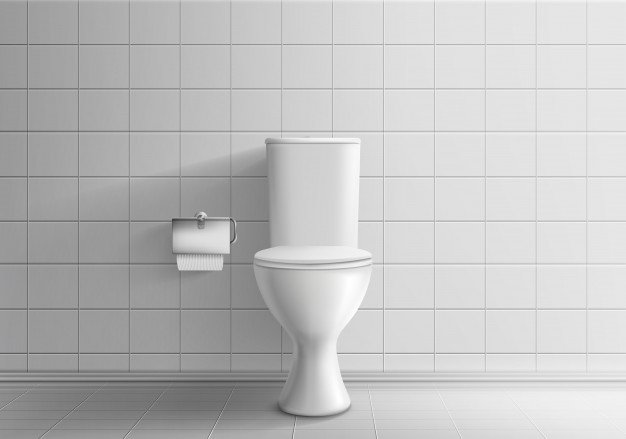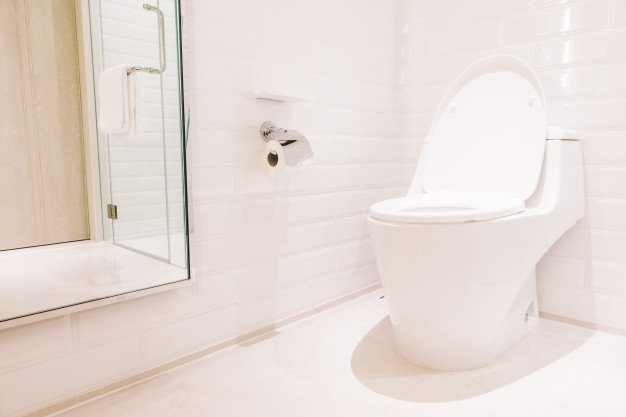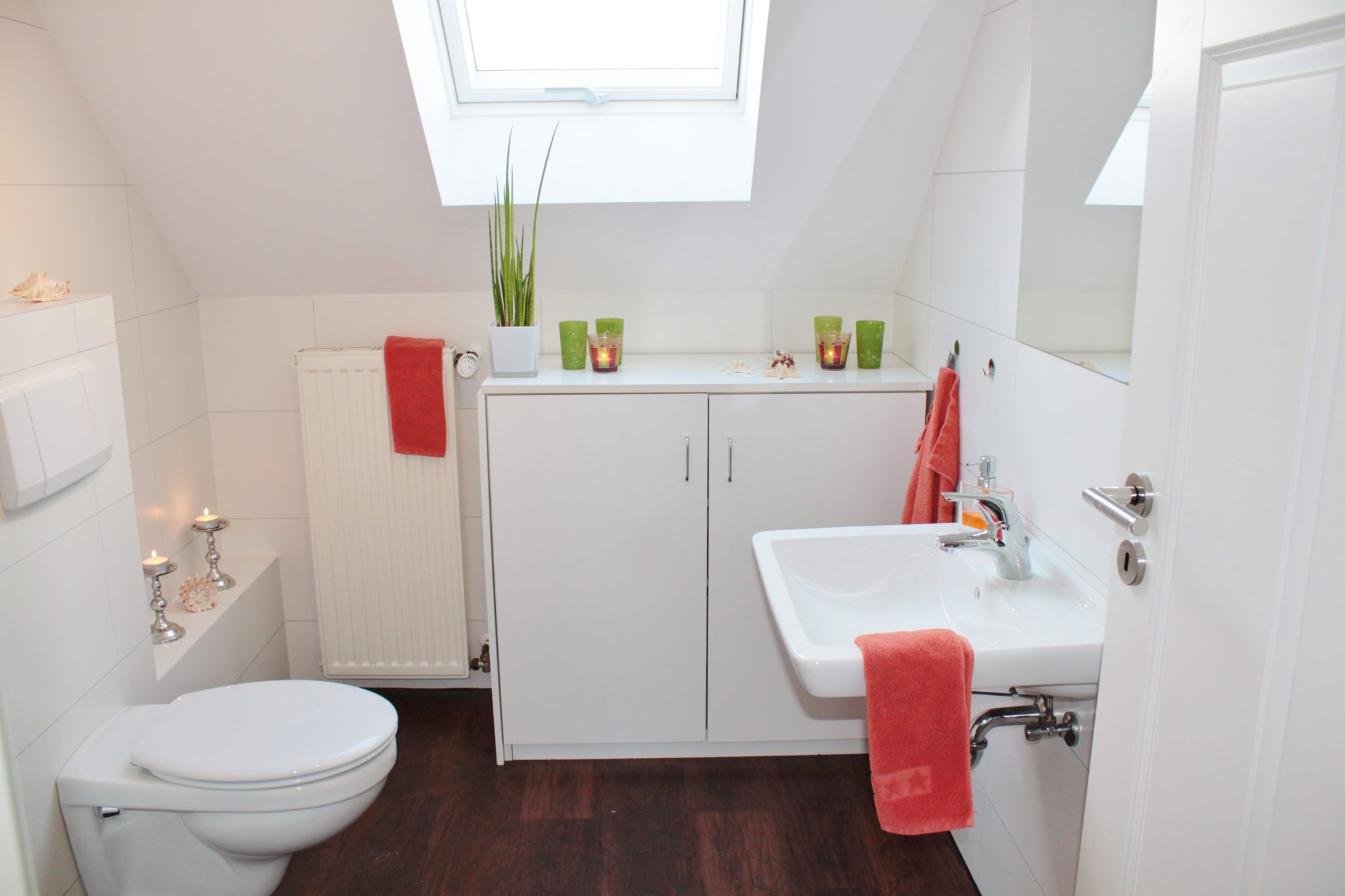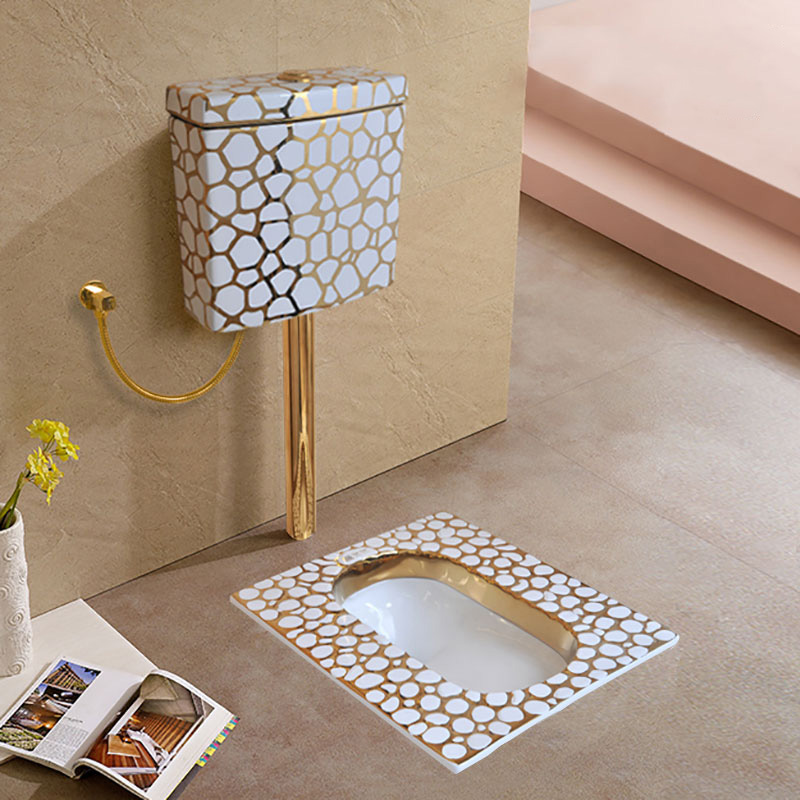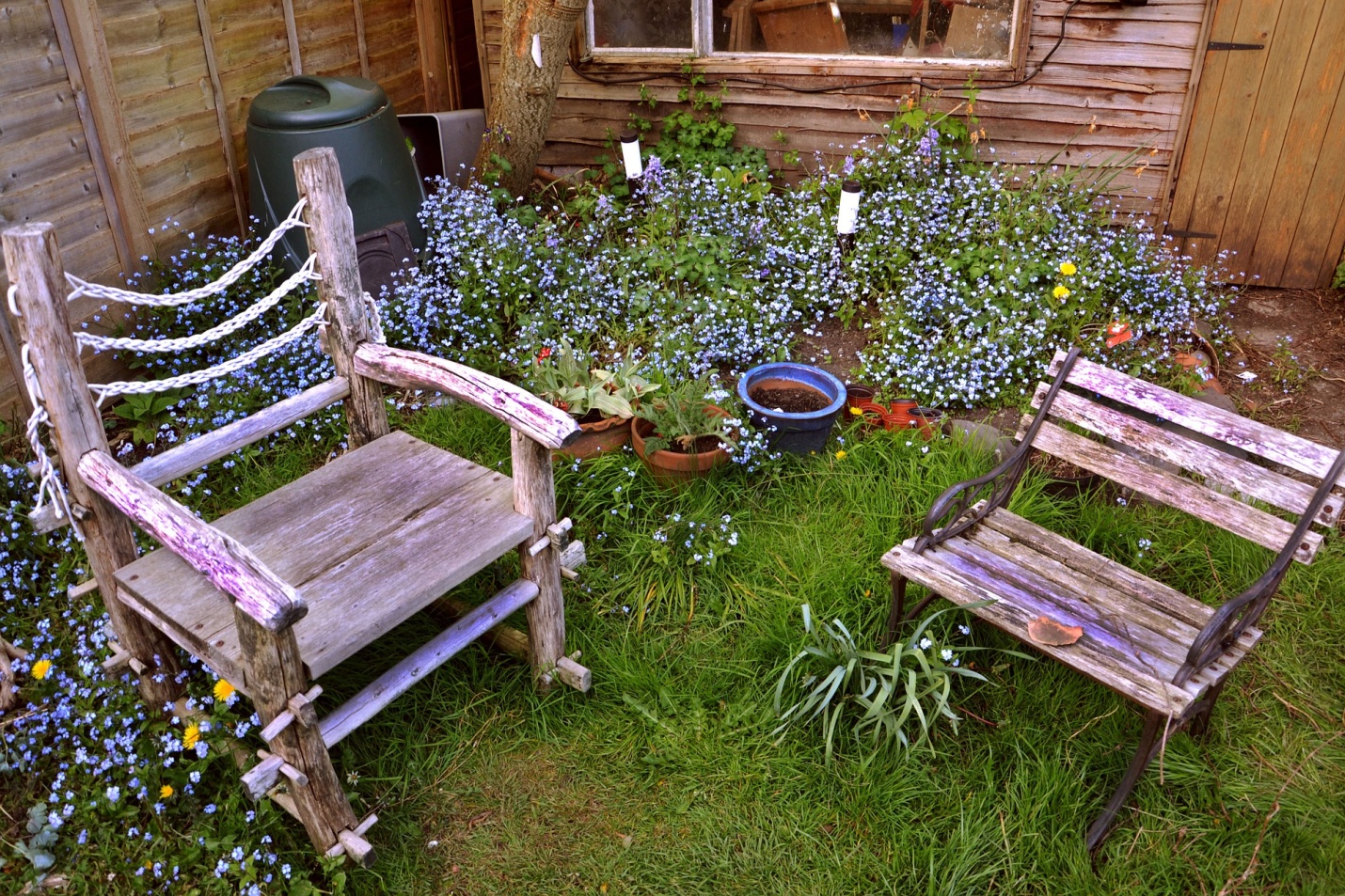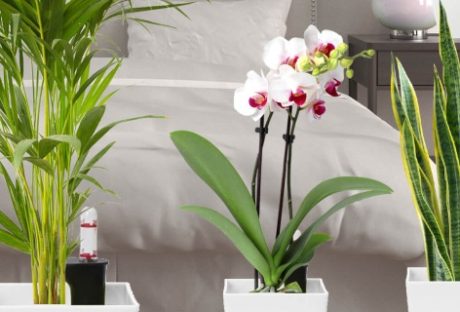One of the efficient and convenient offerings of civilization is having the convenience to simply sit down or squat and answer the call of nature without worrying about modesty or potentially dangerous creatures slithering on the ground. The invention of the toilet was a mark of progress for mankind.
Some may think that there is only one kind of toilet. But the market has an abundance of toilets in any shape and form that it can be a headache to choose which one will suit one’s needs best. Technology makes it possible to equip something as simple as a toilet with innovative functions like automatic flushing and bidets—a fascinating change from what humans were used to centuries ago.
For families and homeowners who are planning to do a bathroom upgrade or thinking of one to add to their new homes, picking the most suitable toilet for their needs is not only a priority but also a sensible step before going through with the installation. Here are the different toilets one can choose from.
Different Kinds of Toilets:
1. The Two-Piece Toilet:
The toilet and the ceramic tank are created separately and only connected with bolts during installation. It is mounted on the floor, making it ideal for adults because of its suitable height. It can also be easily transported because the tank and the bowl are separate. The two-piece toilet is probably the most commonly used type of toilet in US households.
2. The One-Piece Toilet:
Unlike the former, one-piece toilets have an integrated tank and bowl, giving it a seamless, functional look. It is also slightly heavier; thus, it is not advisable if one is looking for a wall-hung model. Because of the absence of a gap between the tank and the body, the one-piece toilet is more manageable to clean and maintain.
3. Eco-Friendly Toilet:
For those are who are concerned about the environment, eco-friendly toilets are the trend. There are toilets that minimize the use of water for flushing. One example is the Sanicompact toilet, a self-contained system that includes a china toilet bowl and macerator pump built into one compact unit. It can save water since it only requires a smaller amount than most toilets do in order to function. Others, like the composting toilets, break down waste into nutrient-rich soil. It is powered by electricity or batteries.
4. The Smart Toilet:
Some toilets are made for comfort but without compromising their functionality. Intelligent upgrades include heated seats, automatic flushers, self-cleaning wands, and deodorizing seats. Some are equipped with sensors that automatically open the toilet seat when someone approaches. This type of toilet allows homeowners to keep up with the trend while attending to their needs.
5. The Squat Toilet:
Prevalent in the Middle East, this toilet type is made of a pan on the floor level that requires one to squat when doing the business. It may be equipped with a water cistern for flushing, or it can also make use of a bucket of water.
There Are Lots Out There:
There are many more toilet types that can fascinate and expand one’s knowledge of toilet evolution. Some have intriguing histories, like the portable toilet developed during World War II by shipbuilders who wanted to make the most of their employees’ services by cutting down their need for toilet trek from the ships to the docks. Others are a reflection of the culture where they were birthed. People can learn a lot just by following the evolution of toilets.
There are many more toilet types that can fascinate and expand one’s knowledge of toilet evolution. Some have intriguing histories, like the portable toilet for construction sites developed during World War II by shipbuilders who wanted to make the most of their employees’ services by cutting down their need for toilet trek from the ships to the docks. Others are a reflection of the culture where they were birthed. People can learn a lot just by following the evolution of toilets.
Read More :
1. Pack And Move Without The Hassle














